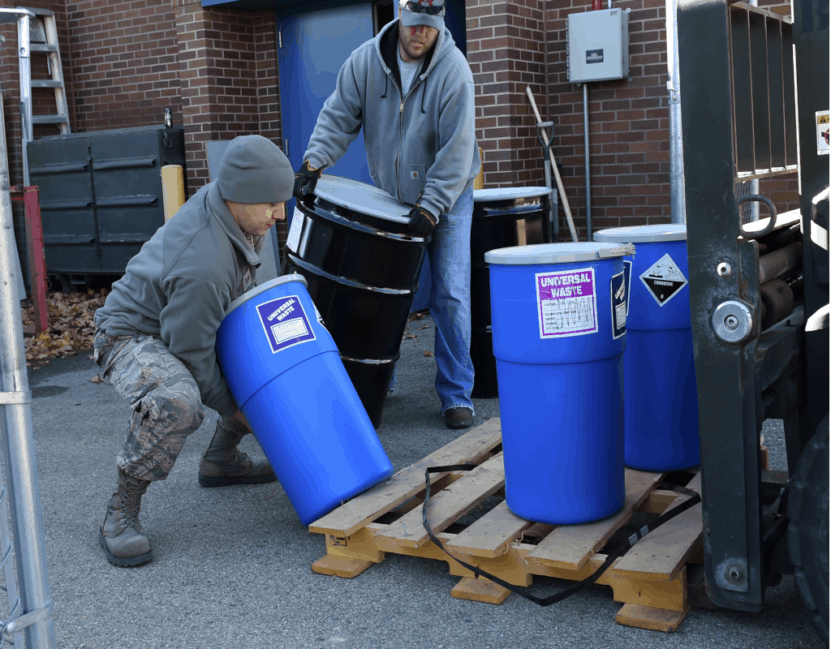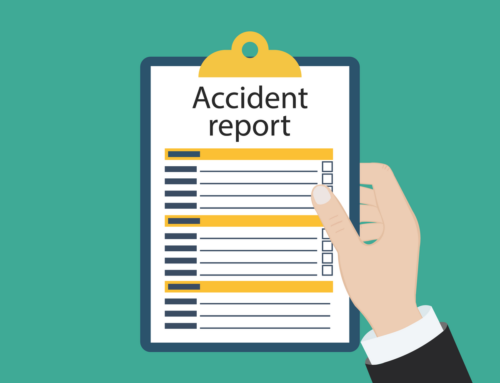On October 28, 2016, The Hazardous Waste Generator Improvements Rule became final. The goal of this much-needed update was to make the hazardous waste rules easier to understand, provide greater flexibility to industry and improve the safety of facilities that create hazardous waste. Hazardous waste labeling requirements are one way the new rule strives to improve the health and safety of workers by more accurately identifying the hazards of the contents in the waste container.

The new rule focuses on hazardous wastes accumulated in containers, tanks, drip pads and containment buildings. In addition to labeling waste containers and tanks with the words “hazardous waste”, generators must now indicate the hazards of the contentsof the containers. For drip pads and containment buildings, the generator can keep this information in logs or records near the accumulation unit. It is important to note that the EPA is NOT requiring that a generator label containers and tanks of hazardous waste with a description of the contents of the container.
Generators have not always specified RCRA waste codes (EPA Hazardous Waste Numbers) on hazardous waste containers, causing receiving treatment, storage and disposal facilities (TSDFs) confusion on how to appropriately treat the waste. To address this issue, the new rules now require generators to mark each container of 119 gallons or less with the following information prior to sending hazardous waste off-site to a TSDF:
HAZARDOUS WASTE—Federal Law Prohibits Improper Disposal. If found, contact the nearest police or public safety authority or the U.S. Environmental Protection Agency.
Generator’s Name and Address ____.
Generator’s EPA Identification Number ____.
Manifest Tracking Number ____.
EPA Hazardous Waste Number(s) ____ or generators may use a nationally recognized electronic system, such as a barcoding system, to identify the EPA Hazardous Waste Number(s).
While previous labeling requirements included marking the container with “Hazardous Waste” and the accumulation start date, the regulations did not require the generators to identify hazards of the waste, resulting in increased risk to workers, waste handlers and emergency responders.
During the comment period of the Hazardous Waste Generator Improvements rule, stakeholders questioned whether EPA was taking into consideration the U.S. Department of Transportation (DOT) and Occupational Safety and Health Administration (OSHA) marking requirements when developing the new labeling regulations. EPA responded that they “referenced these marking systems in our revisions as ways a generator can meet the new requirement to identify the hazards of the contents of the containers.”
Identifying Hazards of the Contents of the Waste Container
The rule language allows several options as an ‘indication of the hazards of the contents’ of a waste accumulation container. The examples listed in the regulation include:
– Identify the applicable USEPA hazardous waste characteristic(s) (i.e., ignitable, corrosive, reactive, toxic) on the label.
– Use a Hazardous Waste label along with hazard communication labels or placards consistent with the Department of Transportation requirements at 49 CFR part 172 subpart E (labeling) or subpart (placarding). Access the DOT Hazardous Materials Markings, Labeling, and Placarding Guide here.
Use a Hazardous Waste label along with a hazard statement or pictogram consistent with the Occupational Safety and Health Administration Hazard Communication Standard at 29 CFR 1910.1200.












